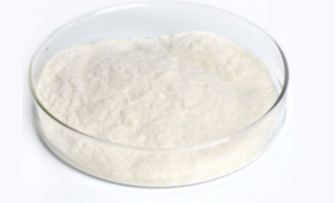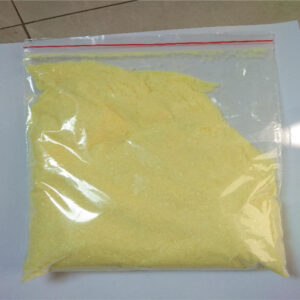Usages
1. Pigment intermediates:
It can also be used as a precursor for the intermediate of Kamanda resin dyes. Kamanda resin dye is an environmentally friendly dye that can be combined with various materials such as cotton, silk, and wool fabrics. It has the advantages of low heavy metal pollution, washability, bright colors, and good glossiness.
2. Spices:
2-bromo-4-methylpropophenone has a strong aroma, so it is often used as a component of spices and essence. It can provide special fragrance for perfume, soap, coffee, chewing gum, oral tablets and other products.
3. Cosmetics:
2-bromo-4-methylpropiophenone can also be used in the production of cosmetics. According to WHO statistics, over 40% of cosmetics sold in the European market contain phenylacetone or its derivatives, including 2-bromo-3-methylpropafenone. It can provide fragrance for cosmetics and serve as a synthetic precursor for other components in certain cosmetics.
4. Other uses:
2-bromo-3-methylpropafenone has many other uses. For example, it can be used to prepare efficient lubricants, synthesize new materials, and prepare electronic components. In addition, because of its good thermo chemical stability, tolerance and low toxicity, it is also widely used in the production of polymer materials.
2-bromo-4-methylpropiophenone is an important organic compound with extensive applications. The following will describe all of its synthesis routes.
1. React 4-bromopropyl with isopropyl lithium:
This method involves the reaction of 3-bromopropylene and isopropyl lithium at low temperature to obtain 2-bromo-4-methylpropaophene. Reaction equation:
CH2=CHCH2Br + LiCH(CH3)2 → CH3C≡CLi + LiBr + CH2=CHCH3
CH3C≡CLi + HBr → CH3C≡CHBr
The advantages of this method are low reaction temperature, no need for special catalysts, environmentally friendly, but low yield.
2. 2-bromo-4-methylpropanal reduction:
2-bromo-4-methylpropanol can be obtained by reduction, usually using reducing agents such as sodium sulfite or diethyl aluminum hydride (LiAlH4). The reaction equation is as follows:
CH3CH(Br)CH2CHO + 2H2 → CH3C≡CH + H2O + HBr
This method is simple and easy to implement, but there are also certain safety hazards because the reducing agent has strong reducibility and activity.
3. React 4-methyl-3-butene-1-ol with hydrogen bromide:
This method involves the reaction of 3-methyl-3-butene-1-ol and hydrogen bromide under appropriate conditions to obtain 2-bromo-3-methylpropaophene. The reaction equation is as follows:
CH3HC=C(CH2)2CH(CH3)OH + HBr → CH3C≡CHBr + (CH3)2C=CH2 + H2O
This method has the advantages of simple operation, low cost, and high yield, but there are solvent usage issues that may cause environmental pollution.
4. React 2-bromo-4-methylionic acid with triphenylphosphine:
This method involves the reaction of 2-bromo-3-methylpropionic acid and triphenylphosphine under alkaline conditions to obtain 2-bromo-3-methylpropiophene. The reaction equation is as follows:
CH3C(Br)(COOH)CH3 + Ph3P → CH3C≡CHBr + Ph3PO + CO2 + H2O
This method is relatively easy to implement and can directly obtain the target compound from 2-bromo-3-methylionic acid, but alkaline conditions need to be used and the impact on the environment needs to be carefully considered.







Reviews
There are no reviews yet.